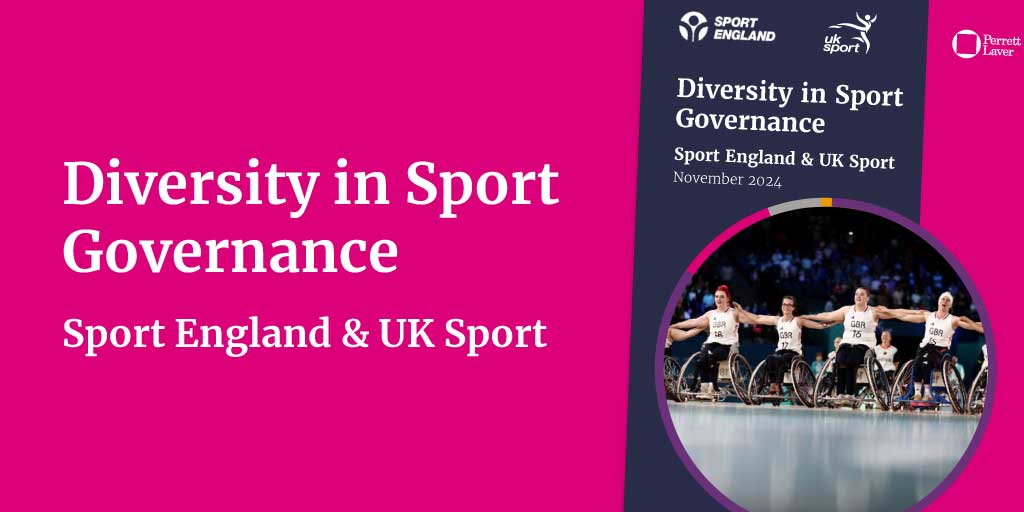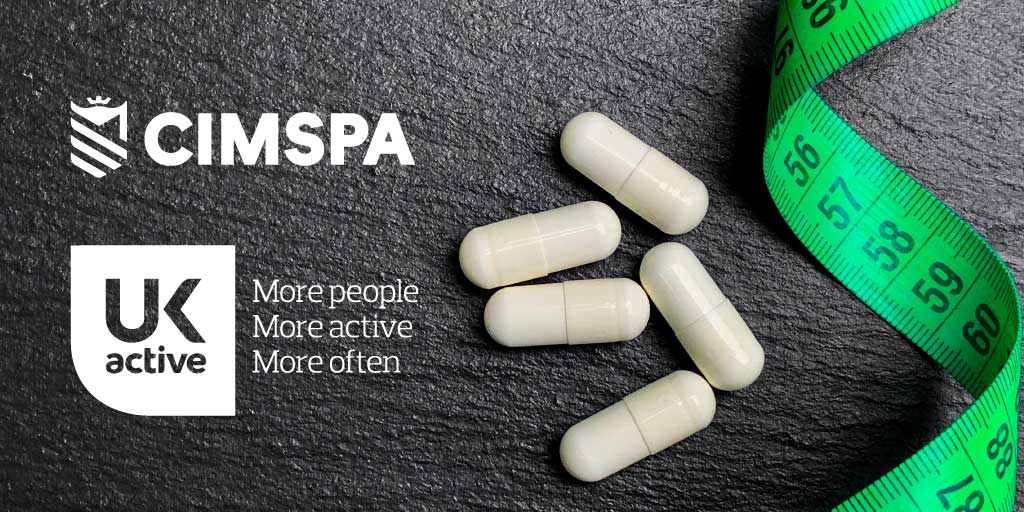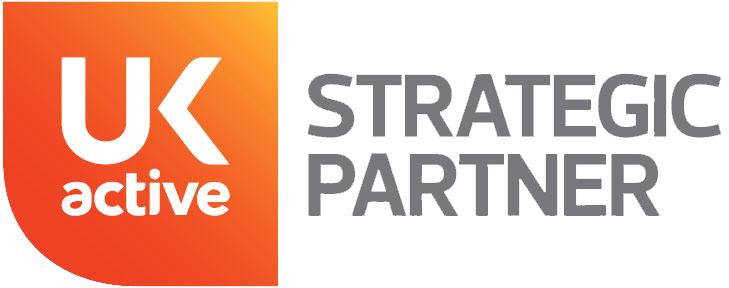The Active Lives Children and Young People’s Survey 2021/22 released last month has been considered a great success for the activities community. Whilst post-pandemic activity levels have returned to their pre-pandemic levels, there are serious concerns about a return to inconsistent levels of activity across demographics.
CEO of StreetGames Mark Lawrie has highlighted that activity levels remain low amongst lower-income families. This demographic struggled post-pandemic and is now recovering much slower. There is, however, evidence that localised programmes from Sport England and its partners have created a significant impact on activity levels.
Lower-income families were more likely to be impacted by the isolation and decreased level of activity brought on by the pandemic. Any return to pre-pandemic levels, whilst a general success, doesn’t target pre-existing issues.
Schools continue to be the only level playing ground that children and young people have in common. Whatever their socioeconomic level, activity levels in school can directly impact all children’s wellbeing if designed to cater to their needs. For the activities sector, creating or enhancing existing programmes of activity to target vulnerable students should be a top priority.
The survey further impresses the link between mental health, happiness, and generally positive attitudes towards physical activity. 42% of low-affluence families are active versus 52% of high-affluence families. Negative attitudes amongst lower-income families create a serious barrier to improving activity levels. Targeted programmes for vulnerable parties rather than more opportunities for physical activity are the most efficient use of resources.
Inclusive programmes should consider what those negative attitudes might be. Preaching to the converted won’t increase activity levels or create strong relationships with school partners. It is impressing your ability to respond to the less inclined that will maintain confidence in your skills as an external partner.
The mental and physical benefits of physical activity are substantial whether we consider physical literacy or academic targets. Whilst activities companies are not directly responsible for policy, evidencing the impact individual programmes have on children and young people is important.
The survey may have revealed progress, but there is a clear indication that more needs to be done to lessen the gap between the most vulnerable and the least.









